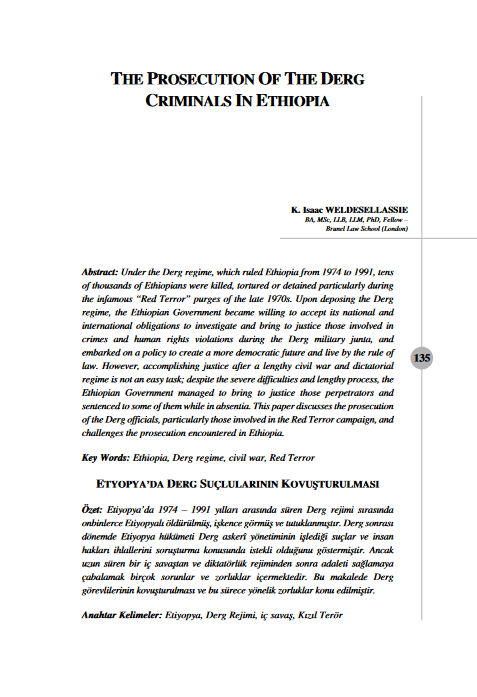27 April 2017
Apa.Az
The graves of 179 unknown martyrs have been found as a result of the monitoring conducted in Azerbaijan in recent years, the State Commission on Prisoners of War, Hostages and Missing Persons said in a statement on Thursday.
Referring to recent media reports on the places of burial of unidentified soldiers who died in military operations during the Armenia-Azerbaijan Nagorno-Karabakh conflict, the Commission stated that this issue is an integral part of its activities.
“The work on clarifying the fate of missing persons continues in accordance with the duties defined by the Azerbaijani president’s order, dated 1 March 2001, and the regulations of the State Commission, within the framework of the Treaty on collecting and managing centralized way the Ante Mortem information about the people who disappeared as result of the Armenian-Azerbaijani Nagorno-Karabakh conflict, signed between the International Committee of the Red Cross and the State Commission on April 14, 2008,” said the statement.
“As a result of the monitoring conducted in Azerbaijan in recent years under the instruction of State Commission Chairman Madat Guliyev, the graves of 179 unidentified martyrs were found and registered in districts nearby the areas where intensive military operations are going on. Video footage and photos of the burial places were taken. The areas were examined with the presence of those who attended the funeral of the unidentified martyrs and their testimonies were documented and archived in a video footage,” the statement said. “Upon the appeal of State Commission Chairman Madat Guliyev to the State Committee on Property Issues of Azerbaijan, the Real Estate Cadastre and Address Registry Service and Land Planning Design Research Center presented GPS coordinates of the graves to the working group.”
The statement further noted that according to the framework agreement signed with the ICRC, efforts are still underway to collect biological samples (DNA) from the relatives of the missing persons. This work began in conjunction with ICRC experts in 2014. The collected samples are stored in a place. The samples will be used to identify body remains in future exhumations.
The Nagorno-Karabakh conflict entered its modern phase when the Armenian SRR made territorial claims against the Azerbaijani SSR in 1988.
A fierce war broke out between Azerbaijan and Armenia over the Nagorno-Karabakh region of Azerbaijan. As a result of the war, Armenian armed forces occupied some 20 percent of Azerbaijani territory which includes Nagorno-Karabakh and seven adjacent districts (Lachin, Kalbajar, Aghdam, Fuzuli, Jabrayil, Gubadli and Zangilan), and over a million Azerbaijanis became refugees and internally displaced people.
The military operations finally came to an end when Azerbaijan and Armenia signed a ceasefire agreement in Bishkek in 1994.
Dealing with the settlement of the Nagorno-Karabakh conflict is the OSCE Minsk Group, which was created after the meeting of the CSCE (OSCE after the Budapest summit held in December 1994) Ministerial Council in Helsinki on 24 March 1992. The Group’s members include Azerbaijan, Armenia, Russia, the United States, France, Italy, Germany, Turkey, Belarus, Finland and Sweden.
Besides, the OSCE Minsk Group has a co-chairmanship institution, comprised of Russian, the US and French co-chairs, which began operating in 1996.
Resolutions 822, 853, 874 and 884 of the UN Security Council, which were passed in short intervals in 1993, and other resolutions adopted by the UN General Assembly, PACE, OSCE, OIC, and other organizations require Armenia to unconditionally withdraw its troops from Nagorno-Karabakh.
No comments yet.
- UN REPORT: CIVILIAN CASUALTIES IN AFGHANISTAN SHOW SLIGHT DECLINE Asia - Pacific 28.04.2017
- SERBIAN AMBASSADOR TO FRANCE WITHDRAWN FOR CONSULTATIONS The Balkans 28.04.2017
- KARABAKH CONFLICT HOLDS RISK FOR SOUTH CAUCASUS: ITALY ENVOY The Caucasus and Turkish-Armenian Relations 28.04.2017
- BULGARIA SEES RISKS IN COMMISSION’S ‘ENTENTE’ WITH GAZPROM The Balkans 28.04.2017
- MONTENEGRO MPS GATHER FOR HISTORIC NATO VOTE The Balkans 28.04.2017
-
25.01.2016
THE ARMENIAN QUESTION - BASIC KNOWLEDGE AND DOCUMENTATION -
12.06.2024
THE TRUTH WILL OUT -
27.03.2023
RADİKAL ERMENİ UNSURLARCA GERÇEKLEŞTİRİLEN MEZALİMLER VE VANDALİZM -
17.03.2023
PATRIOTISM PERVERTED -
23.02.2023
MEN ARE LIKE THAT -
03.02.2023
BAKÜ-TİFLİS-CEYHAN BORU HATTININ YAŞANAN TARİHİ -
16.12.2022
INTERNATIONAL SCHOLARS ON THE EVENTS OF 1915 -
07.12.2022
FAKE PHOTOS AND THE ARMENIAN PROPAGANDA -
07.12.2022
ERMENİ PROPAGANDASI VE SAHTE RESİMLER -
01.01.2022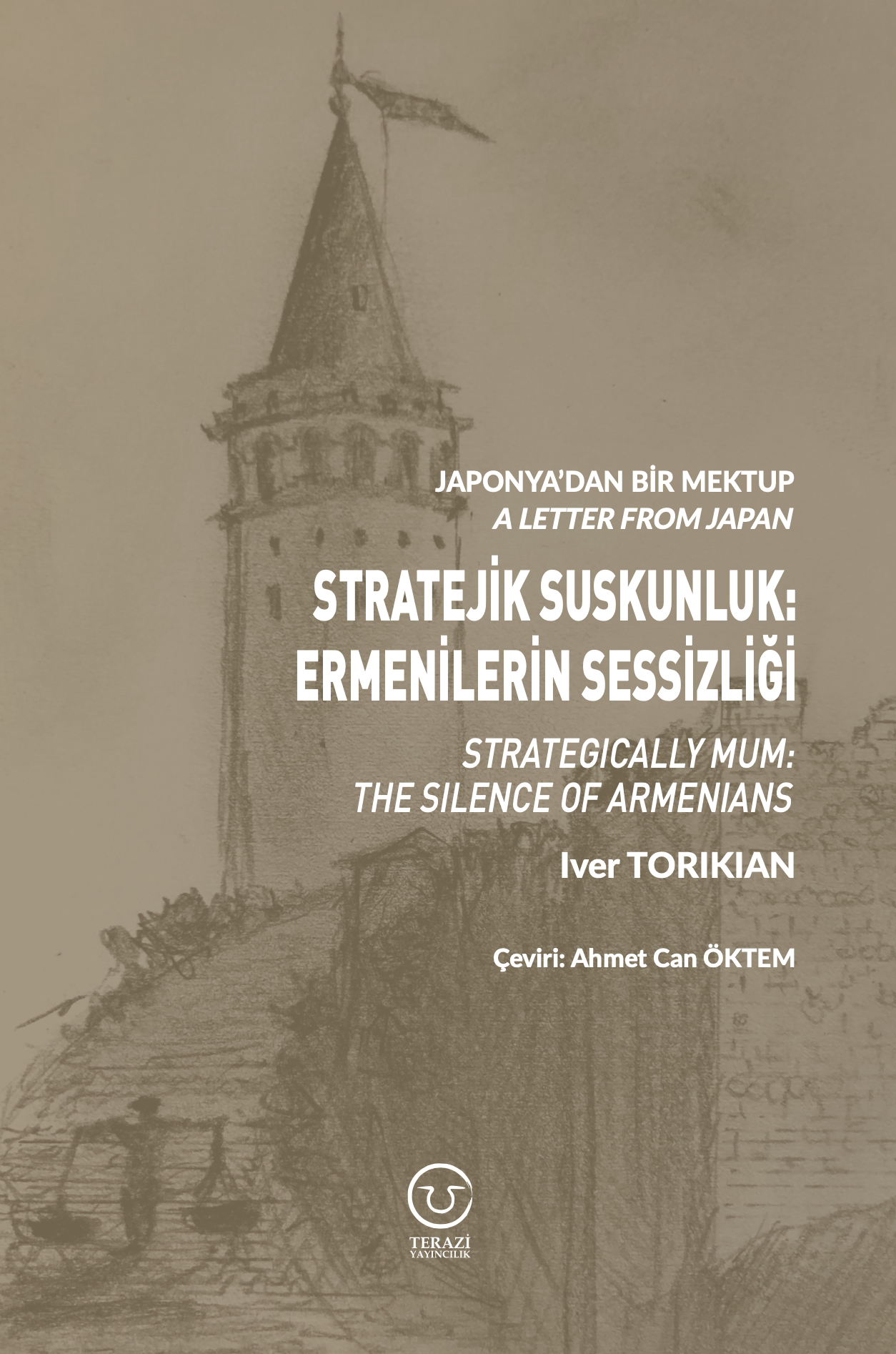
A Letter From Japan - Strategically Mum: The Silence of the Armenians -
01.01.2022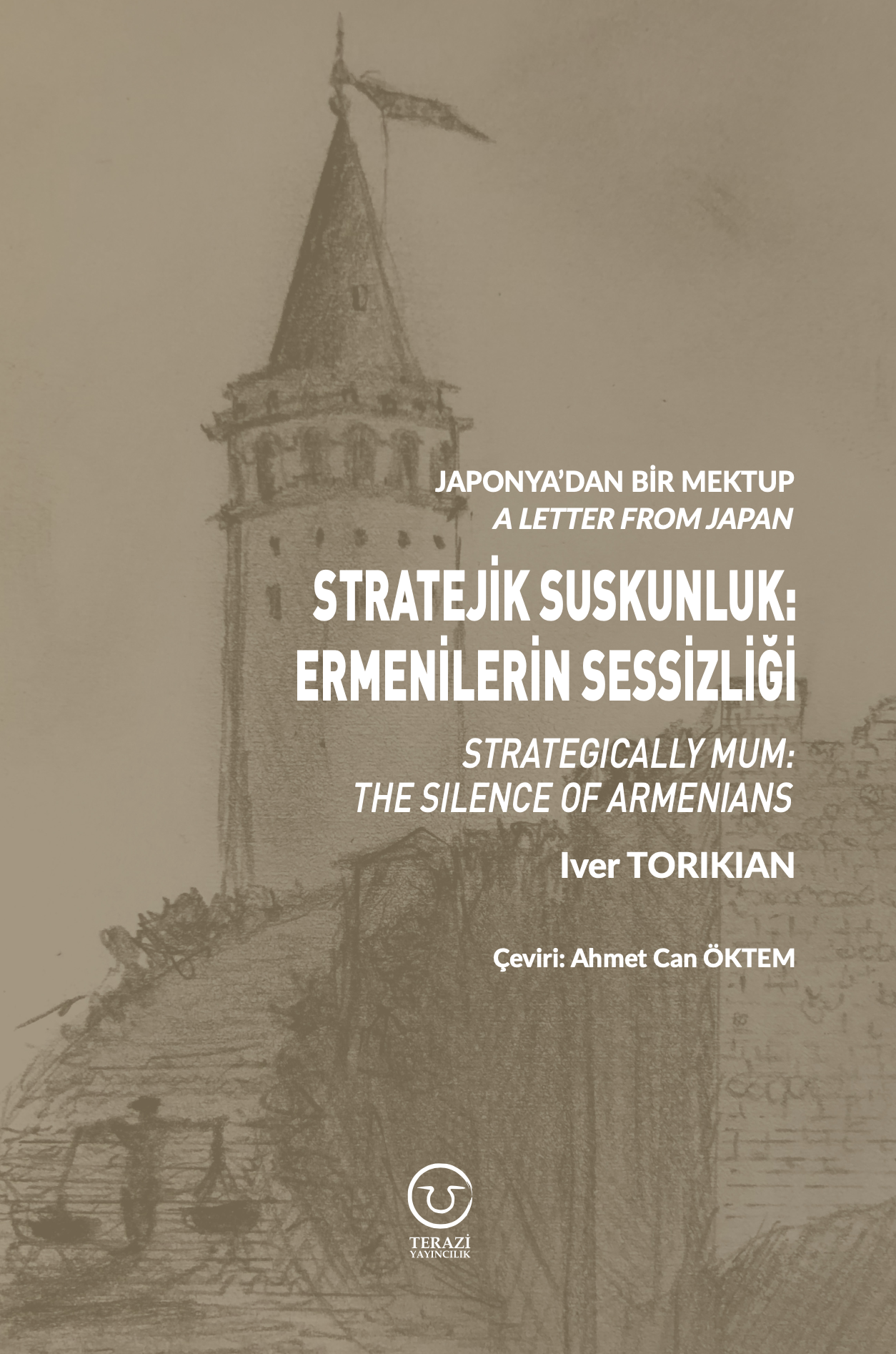
Japonya'dan Bir Mektup - Stratejik Suskunluk: Ermenilerin Sessizliği -
03.06.2020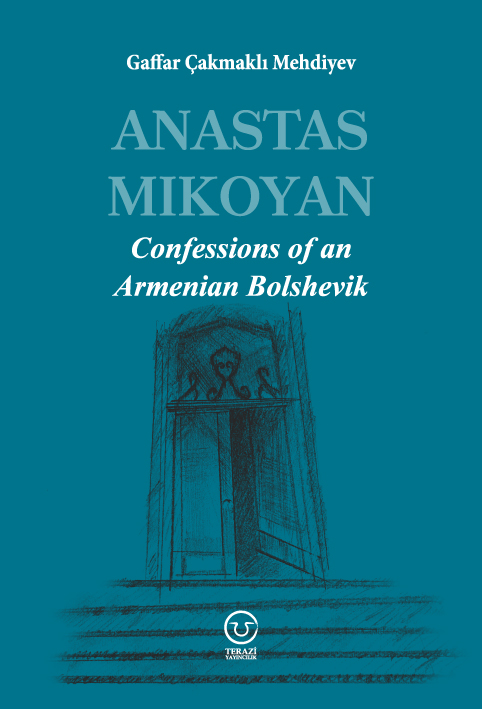
Anastas Mikoyan: Confessions of an Armenian Bolshevik -
08.04.2020
Sovyet Sonrası Ukrayna’da Devlet, Toplum ve Siyaset - Değişen Dinamikler, Dönüşen Kimlikler -
12.06.2018
Ermeni Sorunuyla İlgili İngiliz Belgeleri (1912-1923) - British Documents on Armenian Question (1912-1923) -
02.12.2016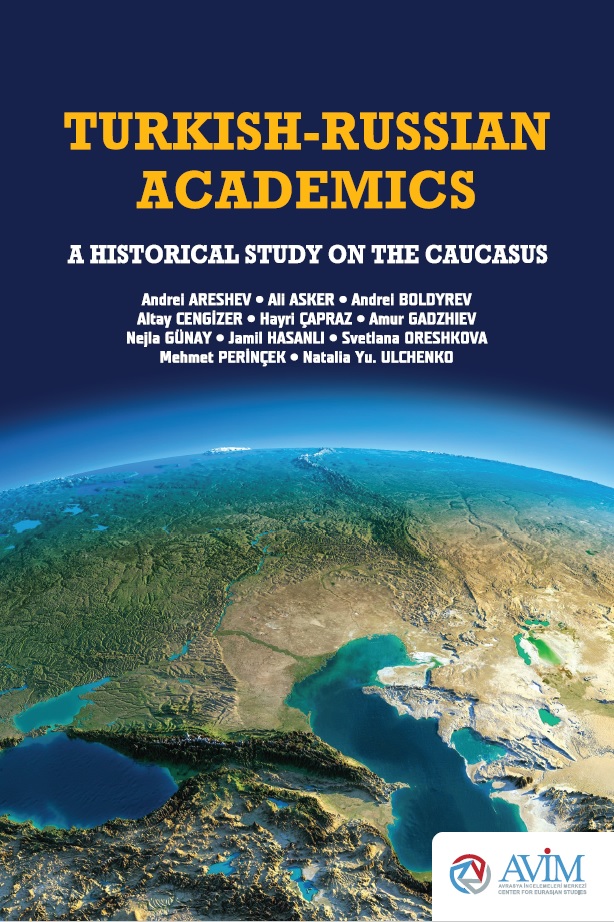
Turkish-Russian Academics: A Historical Study on the Caucasus -
01.07.2016
Gürcistan'daki Müslüman Topluluklar: Azınlık Hakları, Kimlik, Siyaset -
10.03.2016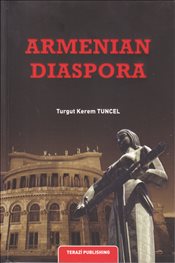
Armenian Diaspora: Diaspora, State and the Imagination of the Republic of Armenia -
24.01.2016
ERMENİ SORUNU - TEMEL BİLGİ VE BELGELER (2. BASKI)
-
AVİM Conference Hall 24.01.2023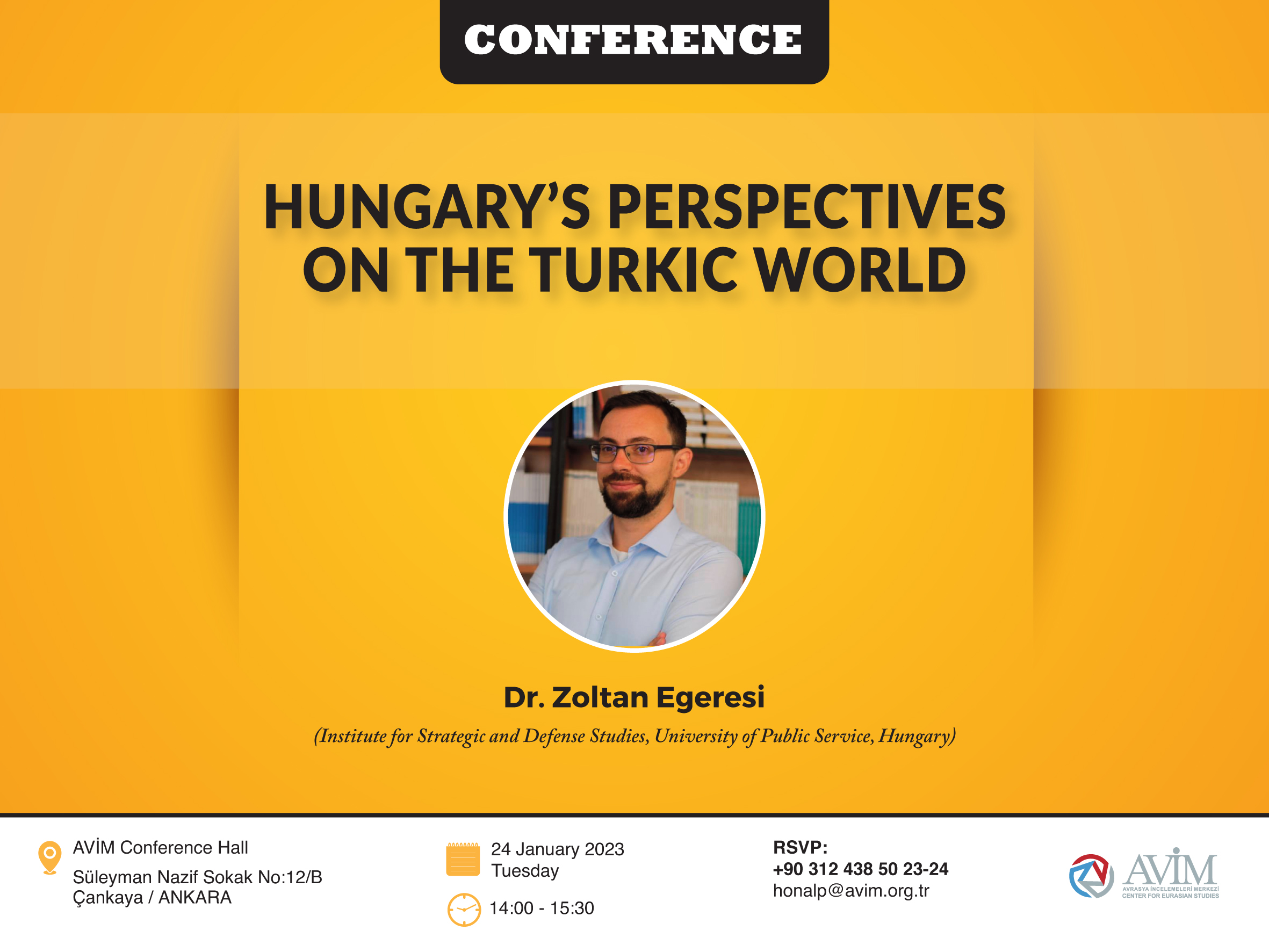
CONFERENCE TITLED “HUNGARY’S PERSPECTIVES ON THE TURKIC WORLD"








